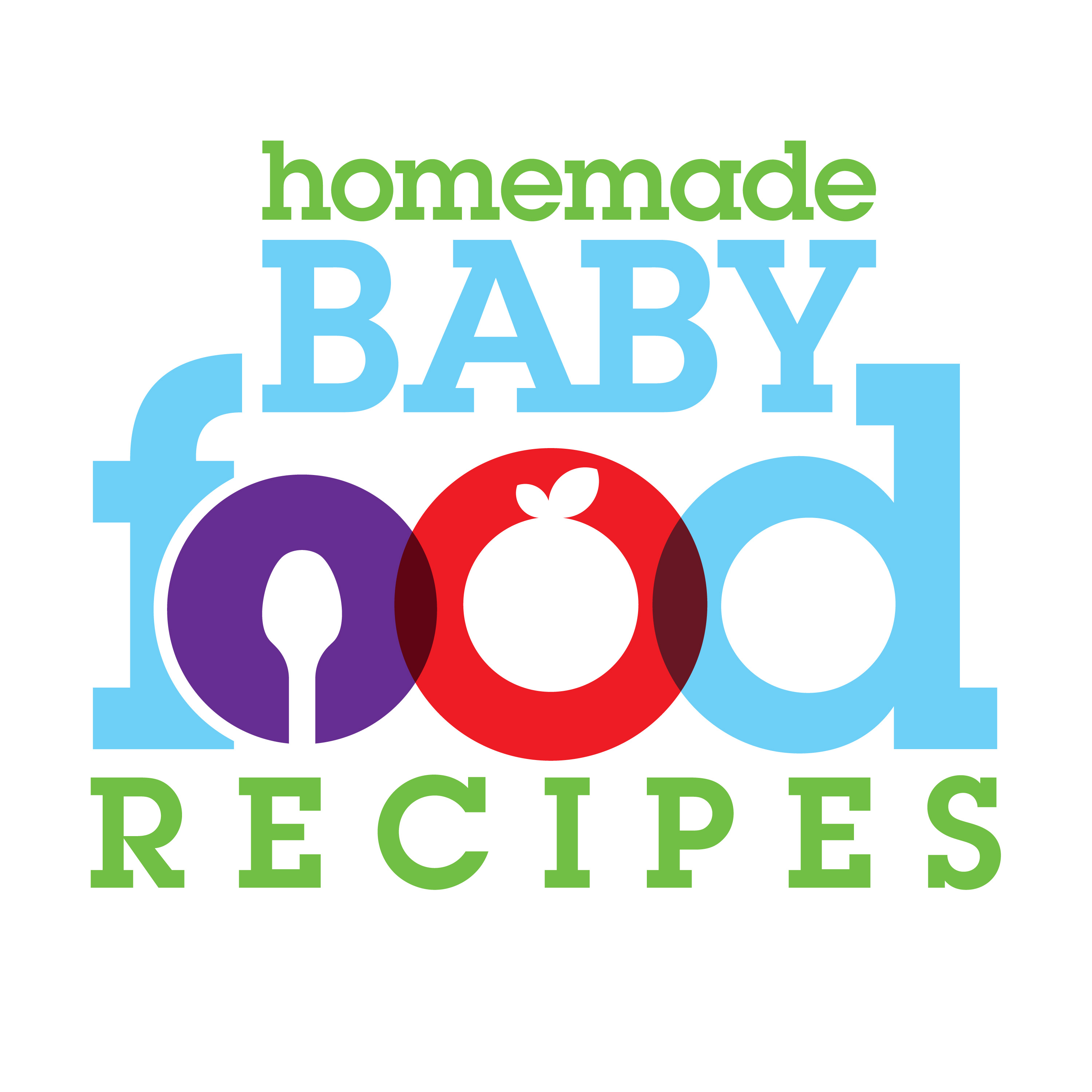The U.S. Consumer Product Safety Commission has released the following safety guidelines for Baby Safety Month…
Pillows Pose One of the Greatest Dangers Where Babies Sleep
WASHINGTON, D.C. – As parents prepare for a new baby with love and care, CPSC urges keeping safety in the mix. One area of great concern for the CPSC is pillow use in cribs. The CPSC is urging all parents to forego putting any kind of pillows in the crib due to the high risk of suffocation and entrapment. The CPSC is aware of at least 47 infant deaths between January 2006 and May 2008 associated with pillow use in the sleeping environment. In the 16 years between January 1992 and May 2008, pillows and cushions have been associated with 531 infant deaths.
“Parents should be especially vigilant when preparing for a new baby,” said Acting Chairman Nancy Nord. “Babies represent our most precious and vulnerable population.”
Nursery Safety
- To reduce the risk of SIDS and suffocation, place baby to sleep on his or her back in a crib that meets current safety standards.
- To prevent suffocation never use a pillow as a mattress for baby to sleep on or to prop baby’s head or neck.
- Infants can strangle to death if their bodies pass through gaps between loose components, broken slats and other parts of the crib and their head and neck become entrapped in the space.
- Do not use old, broken or modified cribs.
- Regularly tighten hardware to keep sides firm.
- Infants can suffocate in spaces between the sides of the crib and an ill fitting mattress; never allow a gap larger than two finger widths at any point between the sides of the crib and the mattress.
- Never place a crib near a window with blind or curtain cords; infants can strangle on the cords.
Safety Around the House
- Properly set up play yards according to manufacturers’ directions. Only use the mattress provided with the play yard. Do not add extra mattresses, pillows or cushions to the play yard, which can cause a suffocation hazard for infants.
- Look for a toy chest that has a support that will hold the hinged lid open in any position in which it is placed or buy one with a detached lid or doors.
- Small Parts – For children younger than age three, avoid toys with small parts, which can cause choking.
- Magnets – For children younger than age eight, avoid building sets with small magnets. If magnets or pieces with magnets are swallowed, serious injuries and/or death can occur.
- Select toys to suit the age, abilities, skills and interest level of the intended child. Look for sturdy construction, such as tightly-secured eyes, noses and other potential small parts.
- For all children younger than age eight, avoid toys that have sharp edges and points.
- Verify that furniture is stable on its own. For added security, anchor to the floor or attach to a wall.
- Use outlet covers and outlet plates to help prevent electrocution.
CPSC encourages parents to routinely check toys and nursery products against CPSC recall lists and remove recalled products from your home. Sign-up for automatic e-mail recall notifications at www.cpsc.gov
